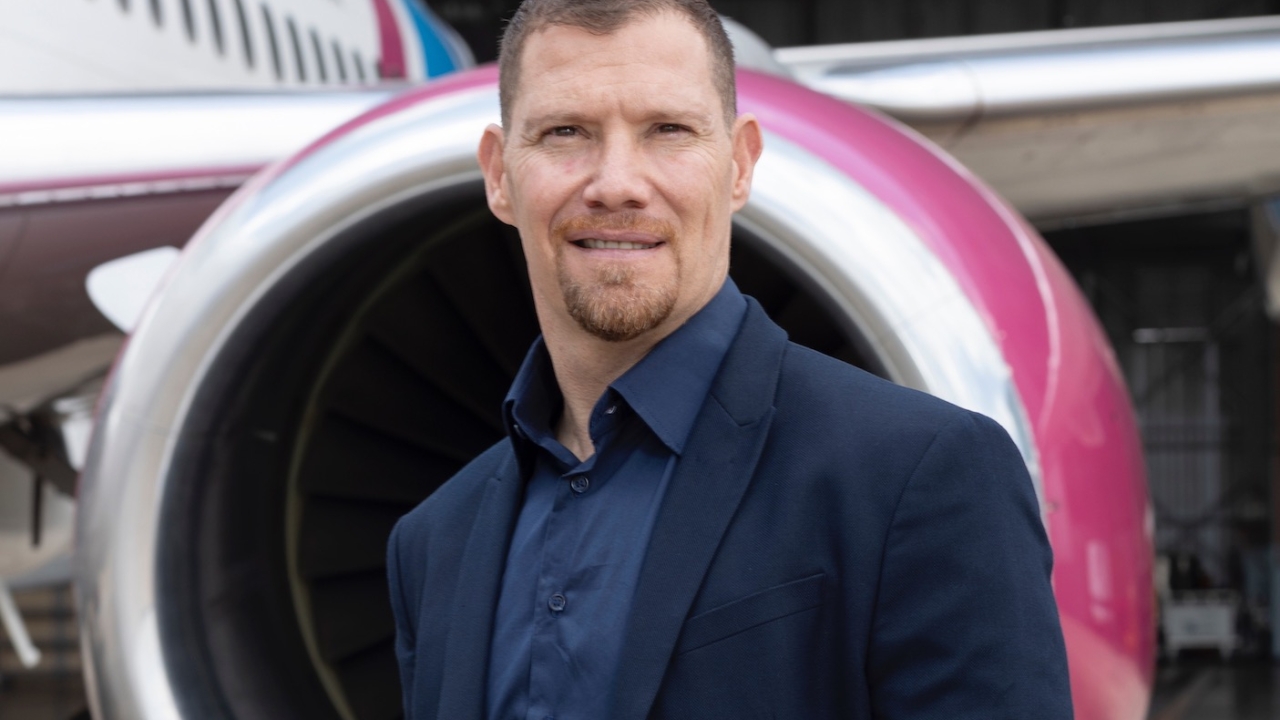The secrets of on-time travel...
Within 10 years of being founded, FlySafair has rapidly grown to become the dominant domestic airline in South Africa, having more than 60 per cent of the intensely-competitive market. Guy Leitch asked CEO Elmar Conradie how he has accomplished such strong growth and simultaneously achieved significant awards.

When asked how the airline achieved the world-best on-time performance (OTP) award, Conradie said: “Essentially, through a lot of hard work, dedication and attention to detail. Our teams really understand the importance of a great OTP to our operation and so everyone does their part.
“We’re very conscious of examining any delays that do happen to ensure that we isolate and address the root cause as quickly as possible.
“Managing our own maintenance also allows us to keep that same level of discipline through that element of the operation to ensure that our technical dispatch reliability is as good as it possibly can be. It comes down to focusing on it every day and every flight and taking the customer experience seriously.”
FlySafair has rapidly outgrown the South African domestic market. Eleven regional destinations in Africa have been approved by the International Air Services Licencing Council. Yet the airline is currently only flying to five destinations outside South Africa. When asked how many of these routes are still not operational, and when he expects to use all the rights, Conradie replied: “We’d like to look to expand to a few more of the approved destinations. At present, we are finalising schedules for the next IATA season and determining the availability of incoming aircraft for later in the year, so we’ll make our final determinations in the next few months.”
FlySafair flies only Boeing NG narrow-bodies. Given that pilots like to move up to newer and larger aircraft, is pilot retention a problem?
“Managing a crew complement is always a challenging task. Over the past 10 years, we’ve realised that there will always be a quotient of crew who will come and go, and so one needs to have a robust system to recruit, train and promote on an on-going basis.
“We have been gradually renewing our fleet over the past few years, even replacing some of the older NG aircraft. We also now fly a mostly NG fleet.”
With a strong post-Covid expansion in capacity, there were fears that there was now an oversupply of seats in the South African domestic market. Conradie said: “Not at this stage. The domestic market has not yet recovered to the pre-Covid 2019 numbers. The airline industry is operating in a sustainable equilibrium with lower seat numbers.
“The hope is that the size of the market grows in time with the South African economy. There’s not much scope for additional capacity in the market at the moment, but we don’t believe that the market is in a space of unsustainable over-supply right now.”
The airline has been engaging in fleet consolidation. Conradie noted: “We have a target age and price range for the incoming fleet, so each time we bring a new aircraft in, it will tend to be younger than one that went out. And we still operate four Boeing 737-400s, so there’s room for an update there.”
The airline has once again been under pressure from competitors about its ownership composition, which is restricted to 25 per cent non-resident ownership by the South African licencing authorities. Conradie said that “the matter is still subject to scrutiny by the air services licencing councils, but we remain confident that we were never in contravention of any requirements”.
Given that, historically, private airlines in South Africa have complained about an ‘un-level playing field’, the question that arises is whether that is still the problem with SAA V2.0 and the industry regulators.
Conradie said: “There’s nothing specific that I’m aware of that would have me airing concern, but as with any industry, we only ask for equal treatment regardless of whether we are state-owned or private.”
Stay up to date
Subscribe to the free Times Aerospace newsletter and receive the latest content every week. We'll never share your email address.


